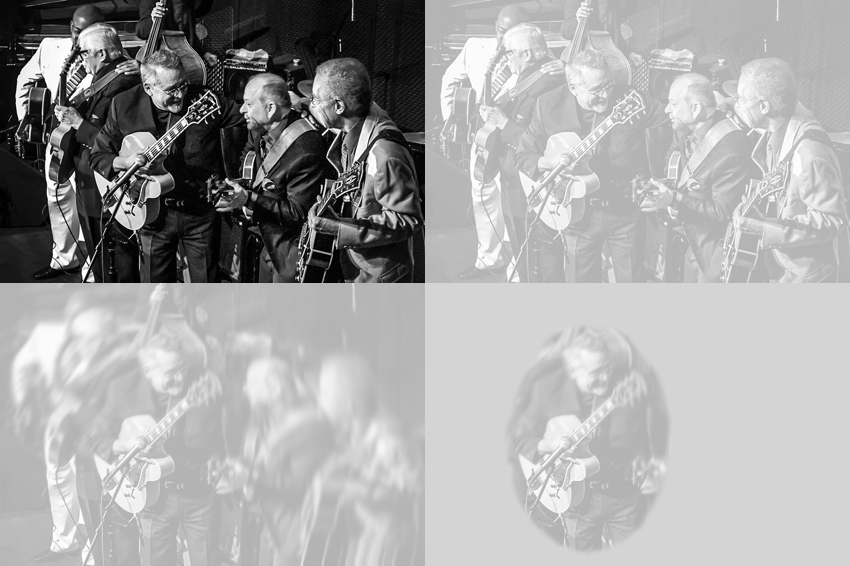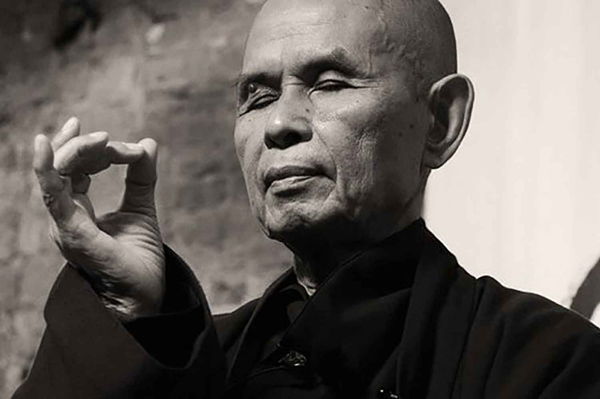by Dr David, Publisher / Editor
I was speaking with a middle-aged woman from Venezuela yesterday, the mother of one of my patients, who told me that they were moving to the beach for the winter because she could not stand the cold here in San Miguel. Standing there in my shorts and sandals, I told her that I (New Englander that I am) hadn't worn long pants in over two years. That was a little exaggerated, but it made my point, and I've never been one to let the truth get in the way of a good story.
Still, last night, I did indeed put on a pair of pants and a button-down shirt and went to the Angela Peralta Theater to hear the opening concert of the San Miguel Jazz Alliance. Now, what I know about music you could put in your shoe and still have room for your foot, but even I could tell that the show was spectacular.
The show opened with the Gabriel Hernandez Trio blowing the roof off of the place. The Cuban master, whose father was a member of the Buena Vista Social Club, has lost a lot of weight. After the show I congratulated Gabriel on his new figure and on the energy of his performance; I told him that he seemed very happy playing. He told me that one thing had to do with the other, that his weight loss improved his music.
The trio was followed up by Jaime Valle's Trio. Jaime opened with some very sensitive guitar work. It wasn't quiet. It wasn't subtle. It wan't laid back. It was complex and strong, but still it made you sit forward on your seat and focus. After Gabriel's virtuosity, which washed over you, the mastery of Jaime's opening pieces needed to be drunk in. It was a beautiful counterpoint, segue.
The weave of the show continued with a whole different sound, the Salomon Maawad Project, featuring two delicious saxophones up front. And concluded with the Adrian Flores Quartet. After the show when I complimented Adrian on the sensitivity of his pieces, he told me that he composed one of them in tears aboard a cruise ship. I responded that it was full of the sea.
As promised in the show's promotional material, the Jazz Alliance has brought a new epoc of jazz to San Miguel.

Our memory functions at low resolution. There is a lot to remember, a mountain information to store in memory and that load is made less by not remembering everything with perfect clarity. A photo with fewer pixels takes up less room on your computer.
Not only is our memory fuzzy, but our actual moment to moment perception is very selective. This low resolution perception works very well most of the time. In fact, it is more efficient to gloss over most things. Getting an overview is better than getting lost in unimportant details and missing the main point. There is a lot to notice and noting it quickly has survival advantages.
In this I remind myself of my father telling me, "A successful businessman makes the right decision 51% of the time." I remember thinking, "Wouldn't he be more successful making the right decision 52% of the time? What about 62%? or 92%?" Eventually I understood that no, if he waits for 92% certainty (resolution), then someone else has already grabbed that deal.
This low resolution approach to life is fine for many or most things. Getting it done and getting on to something else is good enough, or even best, for mundane occurences. But now and then we want to pay attention; we want to experience life in high resolution; we want to notice the details.
I want to notice the greater lilt in Gabriel's performance, the delicacy of Jaime's opening song, the exuberance of Salomon's saxophones and the ocean of tears in Adrian's composition.
I suppose that's why we love art, because it allows us, it calls us, to pay attention. The artist concentrates into his art and, if she gets it right, we can spend a lifetime unpacking it.

As Jaime Valle told me during our interview the week before last, "Teaching is learning again. Every time I teach I learn something new. In order to teach it you have to have it clear in your head." Teaching requires high resolution.
Writing (this article included) does the same for me. It brings things into focus. Jokingly I tell people I have dysnomia ("nomine" = "name" in Latin), because when someone tells me their name it goes right out the other ear. Recently I discovered that, if I write the name down, then I remember it.
Yes, even in our day to day world, sometimes it is important to stop and pay attention, to use high resolution thinking. Politics north of the border would be a lot more civil and efficient if we paused and reflected rather than relying on cliches. We should try to see each other's point of view, instead of stereotyping our oppenents as racists or communists. (To those on the left: "Trump" = "bad." I get it. But only a tiny minority of Trump's supporters are homophobic bigots. To those on the right: free market capitalism is raising people out of poverty worldwide at an amazing and accelerating rate, but meanwhile we do need to protect the environment.)
To end on sweeter note, it occurs to me that what Zen masters refer to as Beginner's Mind is the ability to see all things new, as if for the first time. Everything is in focus, in high resolution. Nothing is dismissed as superficial or unimportant. I'm guessing that Enlightenment is more of a dynamic than a fixed state. It comes and goes. Sometime we are illuminated, sometimes not. I'm quessing that what masters, both the spiritual and artistic varieties, have is the ability to turn it on, to switch from low resolution to high.
***
It's been overcast and chilly all morning, but the sun has just burst through. I'm going out to catch a few rays and warm up a bit.
**************

photo: Alessandro Bo (cropped)
Dr. David welcomes you to San Miguel Sunday. Anyone with any interest in contributing articles is heartily encouraged to contact him at the email below. The "Best City in the World" deserves a good Lokkal magazine.
